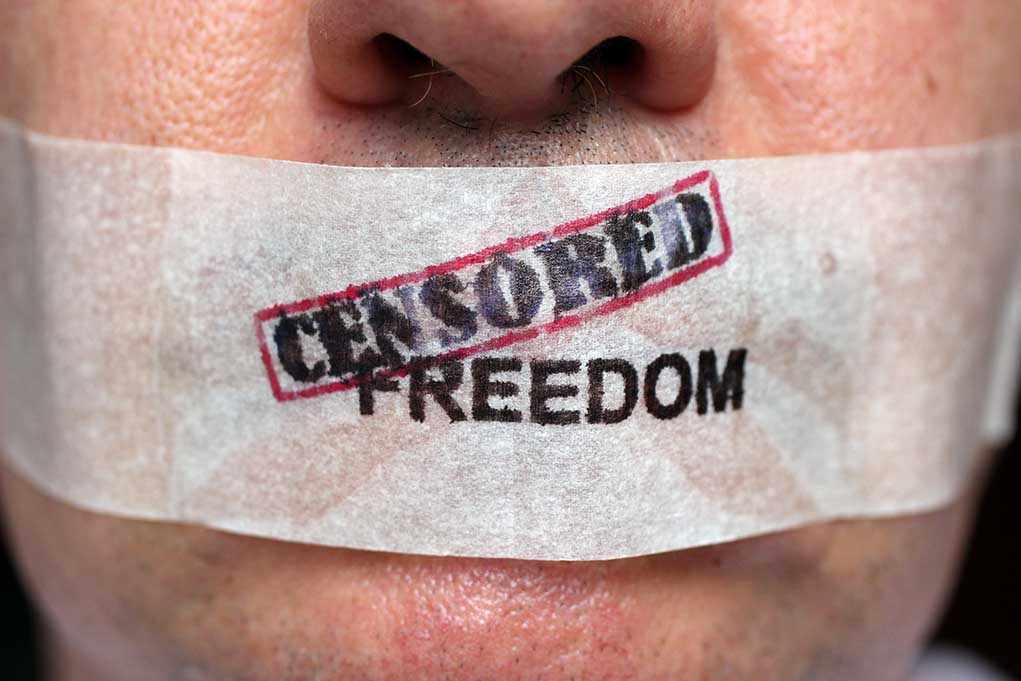
U.K. authorities have swiftly covered and ordered the removal of a new Banksy artwork depicting a judge beating a protester, sparking outrage among free speech advocates who see it as blatant government censorship of artistic criticism.
Story Highlights
- Banksy’s latest mural at London’s Royal Courts of Justice shows a judge striking a protester with a gavel
- Authorities immediately covered the artwork and announced plans for its complete removal
- The piece appears to critique government overreach and judicial suppression of peaceful protest
- Free speech advocates condemn the swift censorship as an attack on artistic expression and dissent
Banksy’s Bold Statement Against Judicial Overreach
The anonymous street artist Banksy unveiled a provocative new mural on the exterior wall of London’s Royal Courts of Justice, depicting a robed judge violently striking a protester with an oversized gavel. The black-and-white stenciled artwork appeared overnight, capturing the artist’s signature style while delivering a sharp critique of what many conservatives view as increasingly authoritarian judicial and governmental responses to legitimate protest and dissent.
Swift Government Censorship Raises Constitutional Concerns
Within hours of the artwork’s discovery, U.K. authorities moved quickly to cover the piece with protective boarding and announced immediate plans for its removal. This rapid response demonstrates the government’s obvious discomfort with artistic criticism of its institutions. The heavy-handed censorship approach undermines fundamental principles of free expression and artistic freedom, values that should be protected in any democracy worth defending.
Symbolic Message Resonates With Constitutional Defenders
The imagery of a judge wielding judicial power as a weapon against citizens strikes at the heart of growing concerns about government overreach and the weaponization of courts against political opponents. This powerful symbolism reflects widespread frustration with judicial systems that too often serve establishment interests rather than protecting individual rights and constitutional principles that form the bedrock of free societies.
Artistic Freedom Under Attack by Establishment Forces
The government’s immediate move to silence this artistic expression reveals the very authoritarianism the artwork criticizes. Rather than engaging with legitimate concerns about judicial overreach, authorities chose censorship over dialogue. This response validates the artist’s message while demonstrating how quickly governments will suppress uncomfortable truths when their power is questioned through creative expression.
U.K. Authorities Cover and Plan to Remove Banksy Artwork Critical of Government Censorship https://t.co/ncUS5xGuqa Sounds to me like the Brits need an American-style revolution; Starmer needs tarring and feathering, and being ridden outta town on a lorry !😉
— Staedt66 (@Staedt66) September 9, 2025
The removal of Banksy’s courthouse mural represents more than just the elimination of street art—it symbolizes a broader assault on the freedom to criticize government institutions. When authorities prioritize protecting their image over protecting constitutional rights, they prove the very point the artist was making about the dangerous intersection of power and censorship in modern democratic societies.

